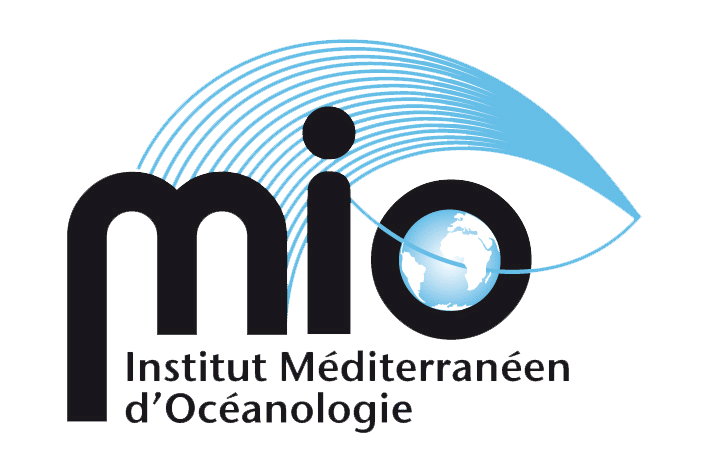Contacts : Monique Messié, Anne Petrenko
In the relatively poor waters of the tropical Pacific, the islands act as sources of nutrients that fertilise the surrounding waters. These nutrients are consumed by the microscopic algae that develop by photosynthesis, the phytoplankton. The presence of islands therefore sometimes generates very high levels of phytoplankton enrichment (blooms) that can be seen from space. As phytoplankton is the basis of the ocean food chain, islands create 'oceanic oases' characterised by high biological production, rich ecosystems with a high biomass (from plankton to fish), and greater biodiversity than the surrounding waters.
As part of the SAPPHIRE project funded by Horizon 2020, we have systematically studied the fertilising effect of islands for all the islands in the tropical Pacific. To do this, we have developed an algorithm that automatically detects the area fertilised by the islands on the basis of satellite maps of chlorophyll, a proxy for phytoplankton biomass. We also drew on data from the OUTPACE oceanographic campaign, which sampled the south-western tropical Pacific alongside several islands in 2015.
Our work highlights the strong influence of islands on phytoplankton in the Pacific, with chlorophyll enrichments of the order of 10% and a significant impact on plankton species and their biodiversity. On average, the areas enriched by the island effect represent around 2% of the surface of the tropical Pacific. We have also identified a new type of island effect, where phytoplankton enrichment is 'delayed' and moved away from the islands by ocean currents, leading to a bloom with no apparent link to the islands that fertilised it.





